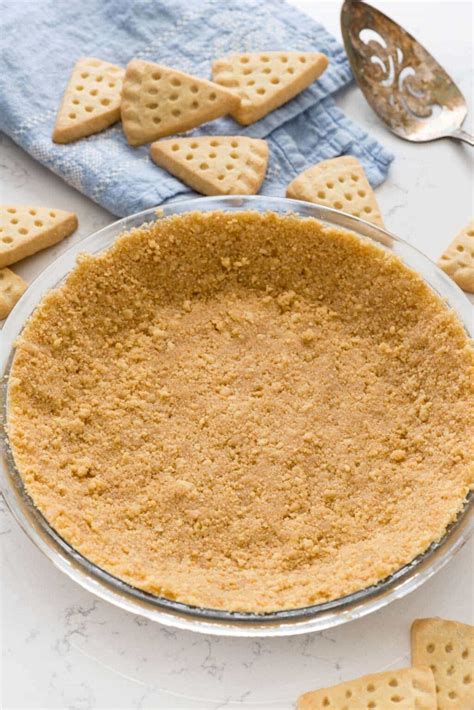Learn how to make vegetable stock with basic ingredients, various vegetable options, preparation, storage, freezing tips, and creative usage ideas. Perfect for soups, stews, and more!
Basic Ingredients for Vegetable Stock
Contents
When it comes to making a delicious vegetable stock, the basic ingredients are crucial for creating a flavorful base for your soups, stews, and sauces. The foundation of a good vegetable stock starts with using a variety of aromatic vegetables. Onions, carrots, and celery are typically used as the base, but you can also include other vegetables such as leeks, garlic, and tomatoes for added depth of flavor.
Aside from vegetables, you will also need herbs and spices to enhance the overall taste of your stock. This can include bay leaves, peppercorns, thyme, and parsley. These herbs and spices will help to add layers of complexity to your stock and elevate the overall flavor profile.
Lastly, the liquid used in vegetable stock is an essential component. Typically, water is used as the base, but you can also use vegetable broth for an even richer flavor. By combining these basic ingredients, you can create a delicious vegetable stock that can be used as a base for a variety of dishes.
Variety of Vegetables to Use
When making vegetable stock, the options for the types of vegetables you can use are endless. The key to a flavorful vegetable stock is to use a variety of vegetables to create layers of flavor. Root vegetables such as carrots, celery, and onions are commonly used as a base, but you can also add other vegetables such as mushrooms, bell peppers, leeks, and tomatoes to enhance the taste.
In addition to vegetables, you can also add herbs and spices to the stock for extra flavor. Parsley, thyme, bay leaves, and peppercorns are popular choices to add depth to the stock. Experimenting with different combinations of vegetables, herbs, and spices can result in a unique and delicious vegetable stock.
It’s important to note that the key to a well-balanced vegetable stock is to avoid using vegetables that are too strong or overpowering in flavor, such as brussels sprouts or broccoli. Instead, focus on using a combination of sweet, savory, and aromatic vegetables to create a well-rounded stock.
Ultimately, the variety of vegetables you choose to use in your vegetable stock will depend on your personal preference and the flavor profile you want to achieve. Don’t be afraid to get creative and try different combinations to find the perfect blend of vegetables for your homemade vegetable stock.
Preparation and Cooking Process
When preparing vegetable stock, it is important to start by scrubbing and washing the vegetables thoroughly to remove any dirt or debris. This can be done by using a vegetable brush or simply rinsing the vegetables under cold running water. Once the vegetables are clean, they can be chopped into smaller pieces for easier cooking and extraction of flavors.
After the vegetables are chopped, they can be placed in a large pot and covered with cold water. It is important to not overfill the pot to allow room for boiling and simmering. The pot can then be placed on the stove and brought to a boil over high heat. Once boiling, the heat can be lowered to a simmer and the stock can be left to cook for a few hours, allowing the flavors to infuse into the water.
During the cooking process, it is important to regularly skim off any foam or impurities that rise to the surface of the stock. This can help to keep the stock clear and free from any unwanted flavors. After simmering for the appropriate amount of time, the stock can then be strained to remove any remaining solid pieces of vegetables, resulting in a clear and flavorful liquid.
Once the stock has been strained, it can be used immediately in recipes or cooled and stored for later use. It is important to label and date the stock before placing it in the refrigerator or freezer for safekeeping. Vegetable stock can be frozen in ice cube trays for easy portioning, or in larger containers for use in soups, stews, and other recipes.
Storage and Freezing Tips
When it comes to storing vegetable stock, it’s important to ensure that it stays fresh for as long as possible. One of the best ways to do this is by storing it in airtight containers. This helps to prevent any air from getting in and causing the stock to spoil. You can also consider freezing the stock in ice cube trays and then transferring the cubes to a freezer bag once they are frozen. This allows you to easily grab a small amount of stock whenever you need it without having to thaw out the entire container.
Another important tip for storing vegetable stock is to label and date the containers. This makes it easy to keep track of how long the stock has been in the refrigerator or freezer. Additionally, it’s important to use the stock within a reasonable amount of time. While vegetable stock can last for several months in the freezer, it’s best to use it within 3-4 months for the best flavor.
When it comes to freezing the stock, be sure to leave some room at the top of the container or bag. This allows the stock to expand as it freezes without causing the container to break. If you’re using glass containers, be especially careful as they are more prone to cracking under pressure. It’s also a good idea to portion the stock into smaller containers before freezing. This way, you can thaw only what you need and avoid wasting any stock.
Overall, taking proper storage and freezing precautions can help you to enjoy your vegetable stock for many months to come. Whether you choose to store it in the refrigerator or freezer, be sure to follow these tips for the best results. By doing so, you can always have flavorful vegetable stock on hand for all your cooking needs.
Creative Ways to Use Vegetable Stock
Vegetable stock is a versatile ingredient that can be used in a variety of dishes to add depth and flavor. One creative way to use vegetable stock is to use it as a base for soups. The rich, flavorful stock can enhance the taste of any soup, whether it’s a classic vegetable soup or a creamy potato soup.
Another great way to use vegetable stock is to use it as a cooking liquid for grains such as rice, quinoa, or couscous. The stock infuses the grains with a delicious, savory flavor that takes them to the next level.
Additionally, you can use vegetable stock as a marinade for tofu, tempeh, or other plant-based proteins. Marinating the proteins in the stock before cooking adds a depth of flavor that can’t be achieved with plain water or oil.
One more creative way to use vegetable stock is to use it as a base for sauces and gravies. The stock adds a rich, savory flavor that can elevate any dish, whether it’s a simple pasta dish or a hearty stew.














